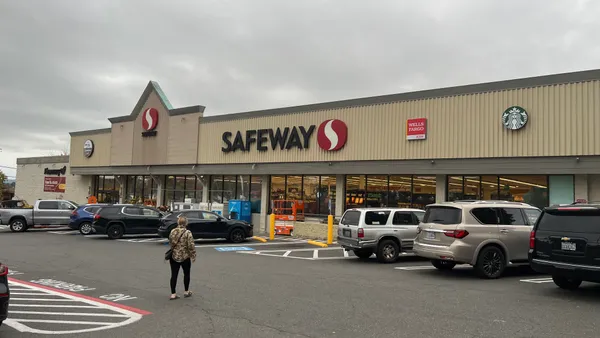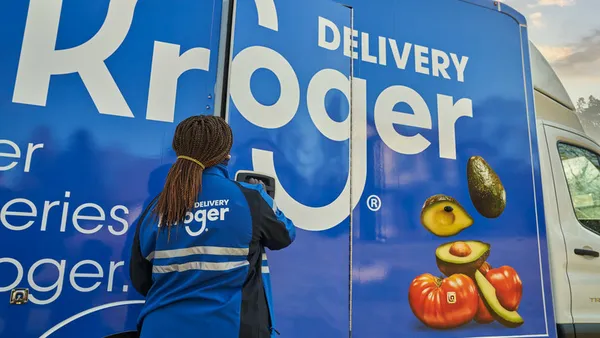The rise of e-commerce has impacted every industry, and the grocery industry is no exception. In 2022, digital grocery sales totaled $128 billion, and this number is expected to grow to $146 billion by the end of 2023. With the rapid growth comes the challenge of creating a sustainable business model that addresses consumer wants while achieving profitable growth.
Although e-grocery revenue has skyrocketed and is expected to capture 20% of the total grocery share by 2026, profitability remains a significant challenge for retailers. For grocers of all sizes, meeting customers' expectations for prompt, accurate and convenient no-contact shopping options is a difficult task. In 2022 alone, the grocery industry experienced $298 million in margin loss on their digital grocery business. However, despite this loss, only 30% of retailers report optimizing their digital channels for profitability.
As the U.S. economy flirts with recession, grocers are looking back at the basics, rather than time and resource-intensive technology investments, to bolster e-grocery profitability. Despite efforts to explore automation and dedicated ecommerce facilities, brick-and-mortar locations still account for over 70% of e-grocery fulfillment. An established fleet of supermarkets, already geographically positioned amongst the consumer base, often offers the timeliest and most cost-effective service for both consumers and operators alike.
But how can productivity be increased as more pickers try to navigate crowded aisles with in-store shoppers? The answer is simple: Eliminating touch points. Every time product is split or merged after being picked from the shelf, not only is labor added, but the room for error is multiplied. Order accuracy is the number one driver of consumer satisfaction and often it’s the mix-ups that stick with consumers. Ever receive the wrong item, bag, or entire order?
Troubleshooting these experiences are frustrating for all, which often leads to abandoned orders and lapsed customers. Navigating these situations requires on-the-spot troubleshooting and critical thinking outside of system directed guidance.
“When it comes to order accuracy, the 80-20 rule applies: In my experience, 20% of the orders require 80% of the troubleshooting,” said Alex Rand, director of channel management for Liviri, an innovator in reusable temperature-sensitive solutions. “These mistakes can be mitigated with the right processes to improve efficiency and consumer satisfaction.”
Historically, retailers have focused on pick efficiency as the primary way to reduce fulfillment costs, but Rand points out that manual picking accounts for less than half of the hours dedicated to e-grocery. A majority of time is dedicated to staging, auditing, collection and curbside/customer interaction. This process is largely influenced by maintaining cold chain.
Most orders are staged in active cooling sources, so every order must be split between ambient, chilled and frozen environments. Increased order volumes coupled with shortened lead times amplify these bottlenecks, making the process of bringing coolant to orders (vs. bringing orders to multiple cooling sources) more feasible.
Grouped staging is a concept that allows operators to sort and validate orders upon pick completion, leaving time to troubleshoot well before customer arrival. Orders are queued up on dollies and can be turned faster during peak pickup windows, decreasing wait times and increasing efficiency.
The Liviri Sprint series is a fully integrated insulated tote and passive coolant solution that provides 18+ hours of thermal performance. Sprint optimizes behind-the-scenes operations by providing a variety of temperature-specific pack-outs, answering all staging needs with modular, customizable cooling.










